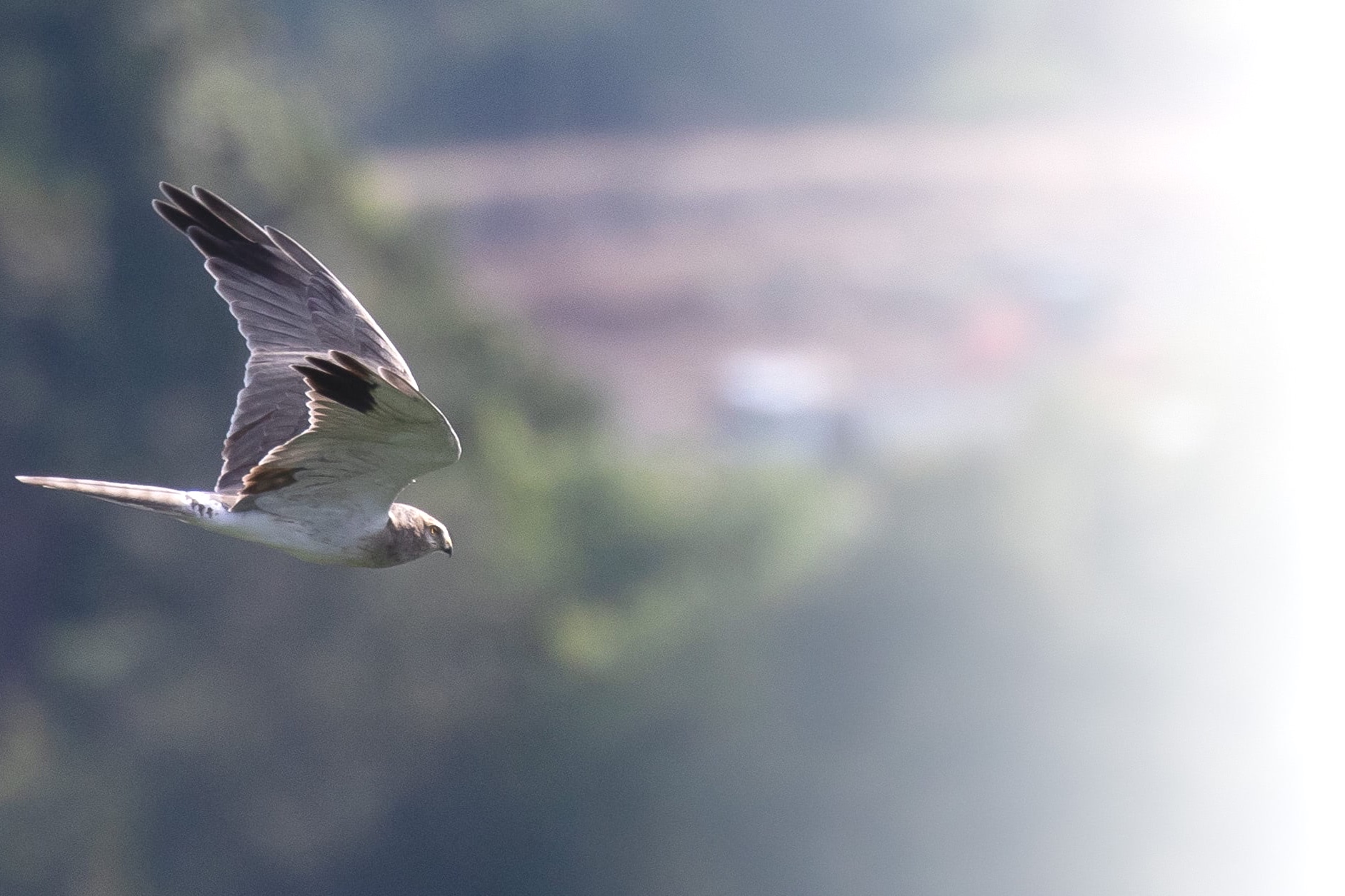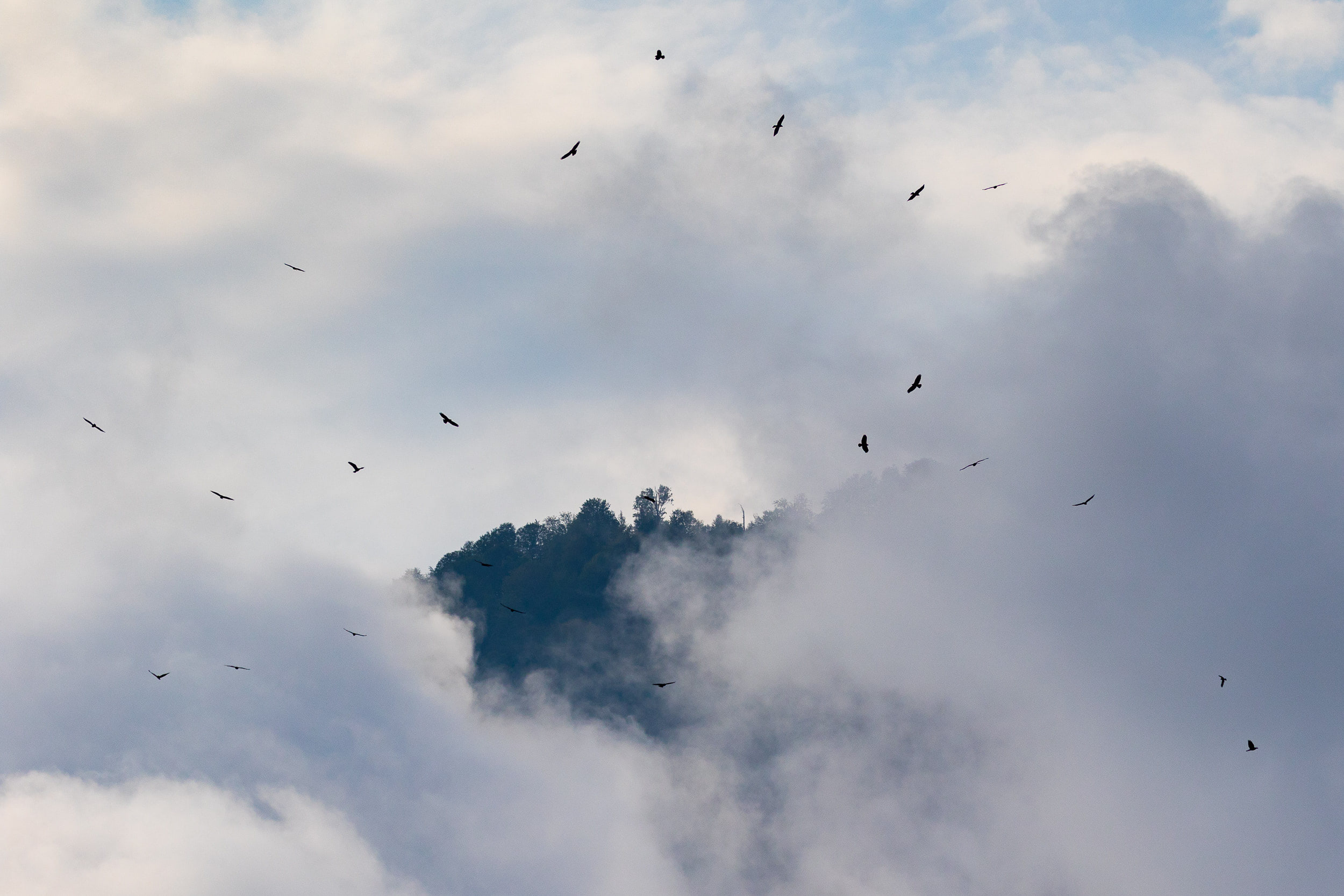
Millions of raptors, thousands of hours, hundreds of volunteers from dozens of countries
This is what we learned from
8 years of BRC Autumn Counts
Trends for 8 important species
Honey Buzzard, Montagu’s Harrier, Pallid Harrier, Marsh Harrier, Booted Eagle, Lesser Spotted Eagle, Short-toed Eagle, Black Kite
For 8 important species for the bottleneck, we have analysed trends over the past 8 years of standardised counts (2011-2018). Despite this short study period, we can already detect moderate changes in abundance for at least one age class in all species except Pallid Harrier. Here we summarise these results, but you can find out more in our paper published in Ibis.
Vansteelant, W. M., Wehrmann, J. , Engelen, D. , Jansen, J. , Verhelst, B. , Benjumea, R. , Cavaillès, S. , Kaasiku, T. , Hoekstra, B. and de Boer, F. (2019), Accounting for differential migration strategies between age groups to monitor raptor population dynamics in the eastern Black Sea flyway. Ibis. doi:10.1111/ibi.12773

Age data is barely used in population trend analyses
but…
Inexperienced juveniles often behave differently than more experienced non-juveniles.
Demographic changes may serve as early warning system for population change.
To really understand our study populations, we have to distinguish between age classes
(juveniles and non-juveniles).

Montagu’s Harrier
Circus pygargus
Proportion of world population via Batumi
0,9 - 4,4%
No change detected in phenology
Too high variability to detect moderate (< 10%) trends in 8 years of counts.
Strong decline in juveniles of 17% per year.

Pallid Harrier
Circus macrourus
Proportion of world population via Batumi
2,5 - 4,1%
No change detected in phenology
Inconsistent proportion of source population passes Batumi in autumn.
Variability too high to detect trends.
Counting Pallids remains necessary to estimate proportions of Montagu's in unidentified harriers.

Marsh Harrier
Circus aeruginosus
Proportion of world population via Batumi
0,4 - 0,8%
No change detected in phenology
No apparent trends, indicative of a stable source population.
Longest migration period of all study species.

Honey Buzzard
Pernis apivorus
Proportion of world population via Batumi
119,1 - 178,6%
No change detected in phenology
No apparent trend for non-juveniles, indicative of a stable population.
Too high variability of juveniles to detect moderate trends.

Booted Eagle
Hieraaetus pennatus
Proportion of world population via Batumi
2,7 - 3,4%
No change detected in phenology
Obscured by a seemingly stable population, is a strong decline in the number of juveniles (-10% per year).
Until 2018 there was even a significant increase in the number of non-juveniles (P < 0.05).

Short-toed Eagle
Circaetus gallicus
Proportion of world population via Batumi
0,6 - 1,2%
No change detected in phenology
Very small variability in the numbers of non-juveniles, shows a slightly increasing trend (+3% per year).
Too high variability in the number of juveniles to detect any trends.

Lesser Spotted Eagle
Clanga pomarina
Proportion of world population via Batumi
10,3 - 15,5%
No change detected in phenology
No apparent trends, indicative of a stable population.

Black Kite
Milvus migrans
Proportion of world population via Batumi
3,8 - 9,6%
No change detected in phenology
Clearly increasing population (+10% per year), mostly driven by an increase in non-juveniles (+11% per year).
Increase in juveniles only just significant since 2018 (P = 0.05, +9% per year).

Why do the numbers of Black Kites increase so much?
Since 2000…
There has been a strong increase from 1000s to 30.000+ Black Kites wintering on Dudaim landfill in the Negev desert, Israel.
And there are similar situation in SE-Europe and Turkey.
Photo by Richard Stein.
Batumi - Negev
There is a strong connection between Batumi and the Negev desert, as shown by tracking studies (Daniel Berkowic, unpublished) and a sighting of a wingtagged Black Kite on the Sakhalvasho station.
GPS track of one of Daniel Berkowic’ Black Kites, clearly showing that birds wintering in the Negev could end up moving through the Batumi bottleneck on spring and autumn migration.

Conclusion
Most of the studied raptor populations are stable.
European Honey Buzzard, Western Marsh Harrier, Booted Eagle, Lesser Spotted Eagle.
Clear increase in the numbers of Black Kite and Short-toed Eagle
Mostly as a result of increasing numbers of non-juvenile birds, which is indicative of improved wintering conditions.
Stable totals of Montagu’s Harrier and Booted Eagle obscure the significant declines in the numbers of juvenile birds.
A decline in the numbers of juveniles is indicative of a problem at the breeding grounds.
Interested in all the details?

